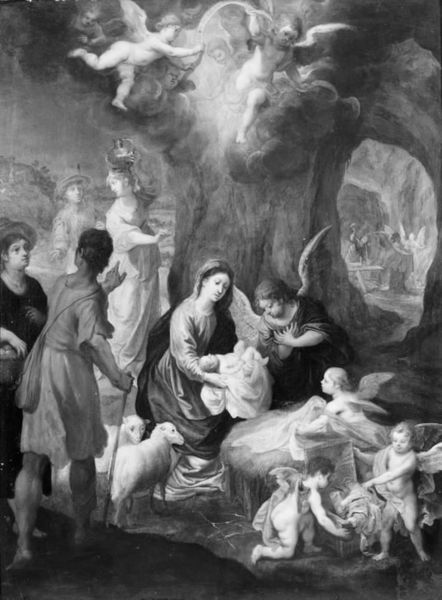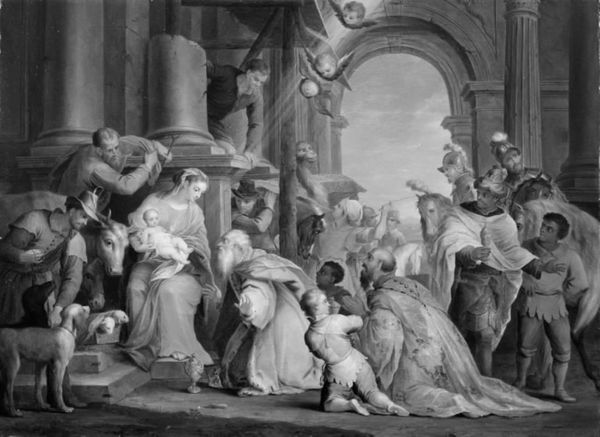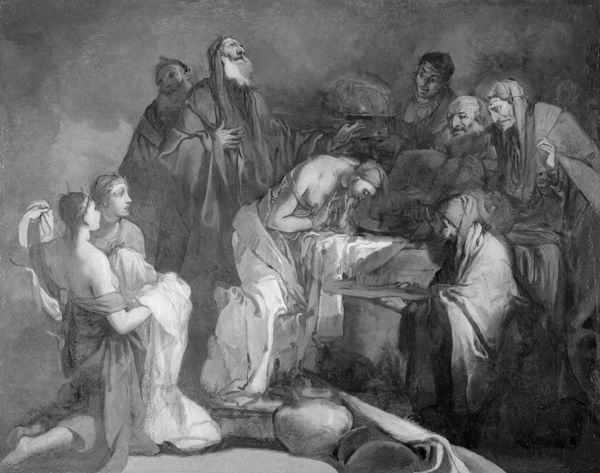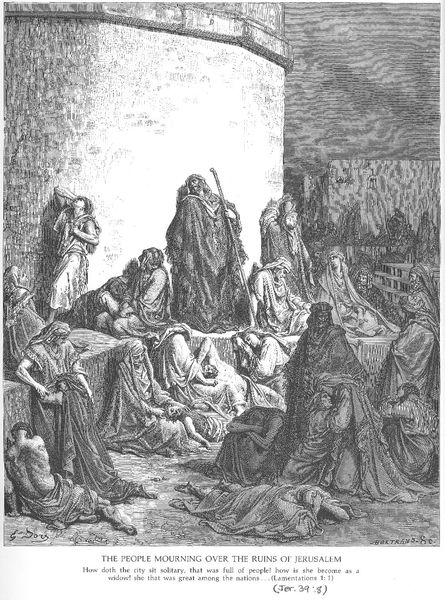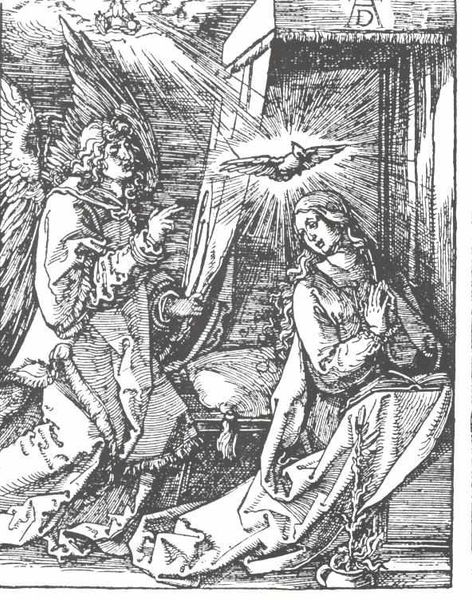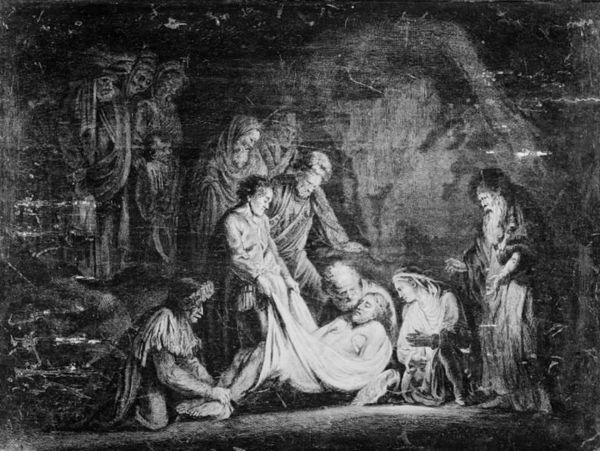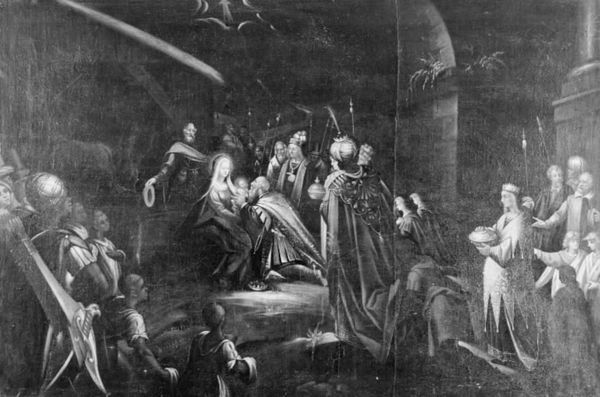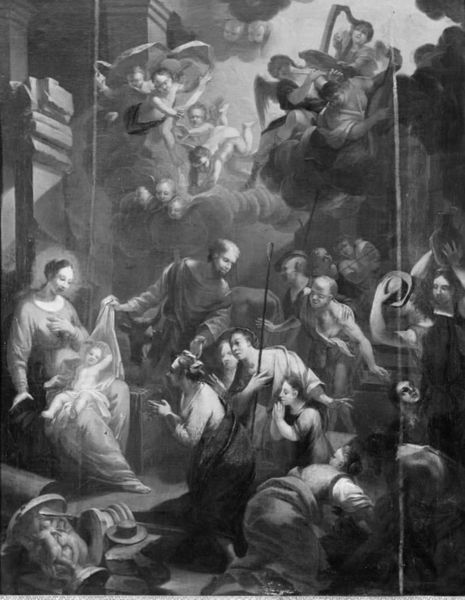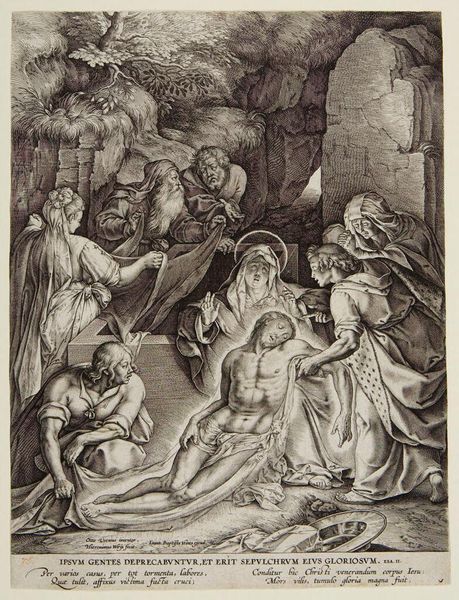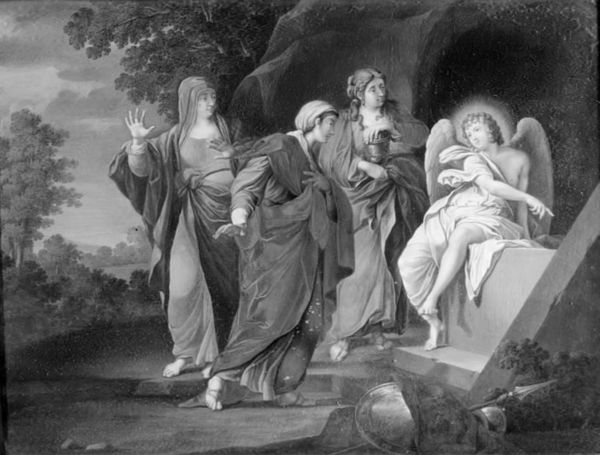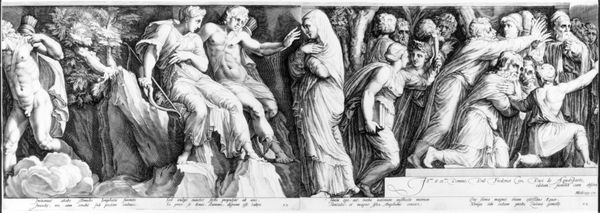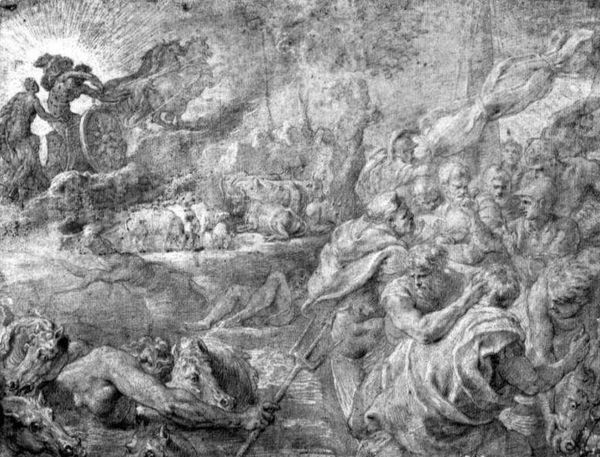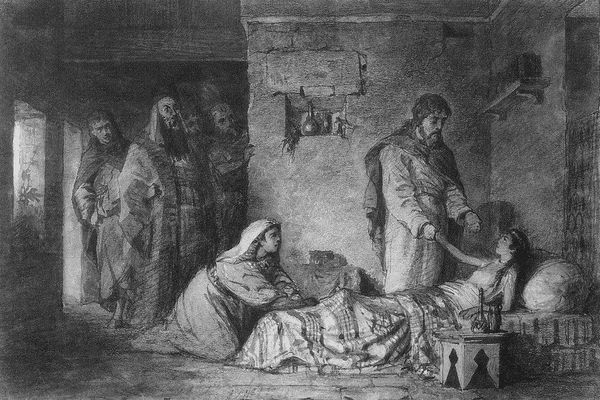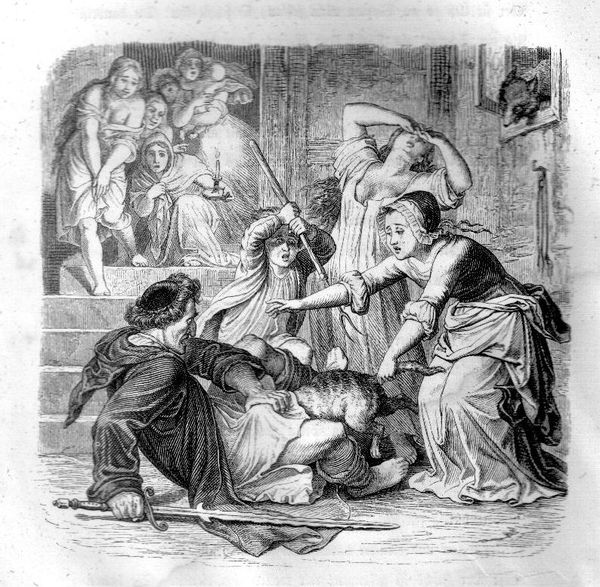
painting, fresco
#
narrative-art
#
baroque
#
painting
#
figuration
#
fresco
#
history-painting
Dimensions: 30 x 44 cm
Copyright: Public domain
Editor: Here we have a painting titled *The Nativity of the Virgin Mary* by Peter Paul Rubens. It’s incredibly detailed, filled with figures in what looks like an opulent interior. The whole scene has a feeling of bustling activity and celebration. What story do you think Rubens is trying to tell, and how does this fit into the broader artistic trends of its time? Curator: It’s vital to consider Rubens within the context of the Counter-Reformation. The Catholic Church actively promoted art that reinforced its doctrines. Consider, how might this depiction of the Virgin Mary's birth be intended to reaffirm her importance and purity in the face of Protestant critiques? The details you mentioned – the opulent setting, the numerous figures – are characteristic of Baroque art intended to impress and inspire devotion. Editor: So, the painting isn’t just depicting a birth; it’s making a statement? The artist choice is crucial? Curator: Absolutely. The selection of Rubens for a project like this wouldn't have been accidental. Artists who could convey theological messages through emotionally compelling scenes were highly valued. Look at the gazes of the figures. What does their attention on the Virgin Mary suggest about the institution of the Church at this time? Editor: I see it as more than just representation; it is about power. Rubens captures attention but uses art as an extension of cultural capital. Curator: Exactly. It's crucial to see the socio-political undercurrents in such works and realize art isn't independent of society, it echoes society's fabric. Editor: Thank you. Now, I look at Baroque art completely different! Curator: Glad to offer a new view; History allows us to connect past and present.
Comments
No comments
Be the first to comment and join the conversation on the ultimate creative platform.
